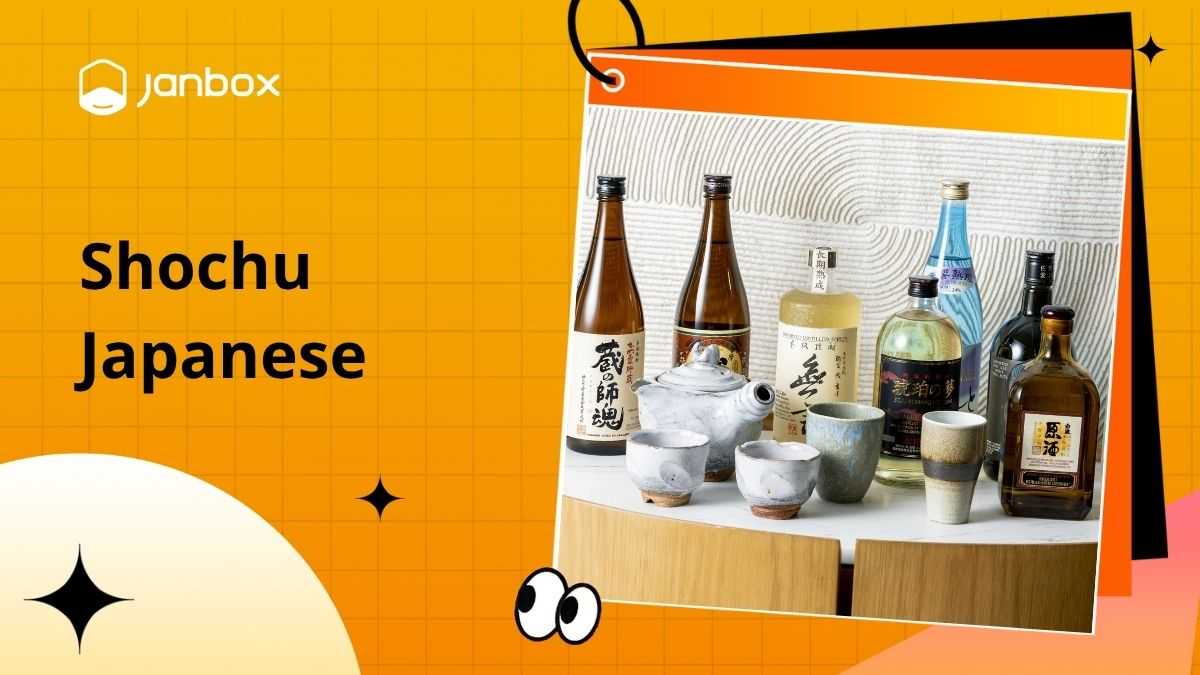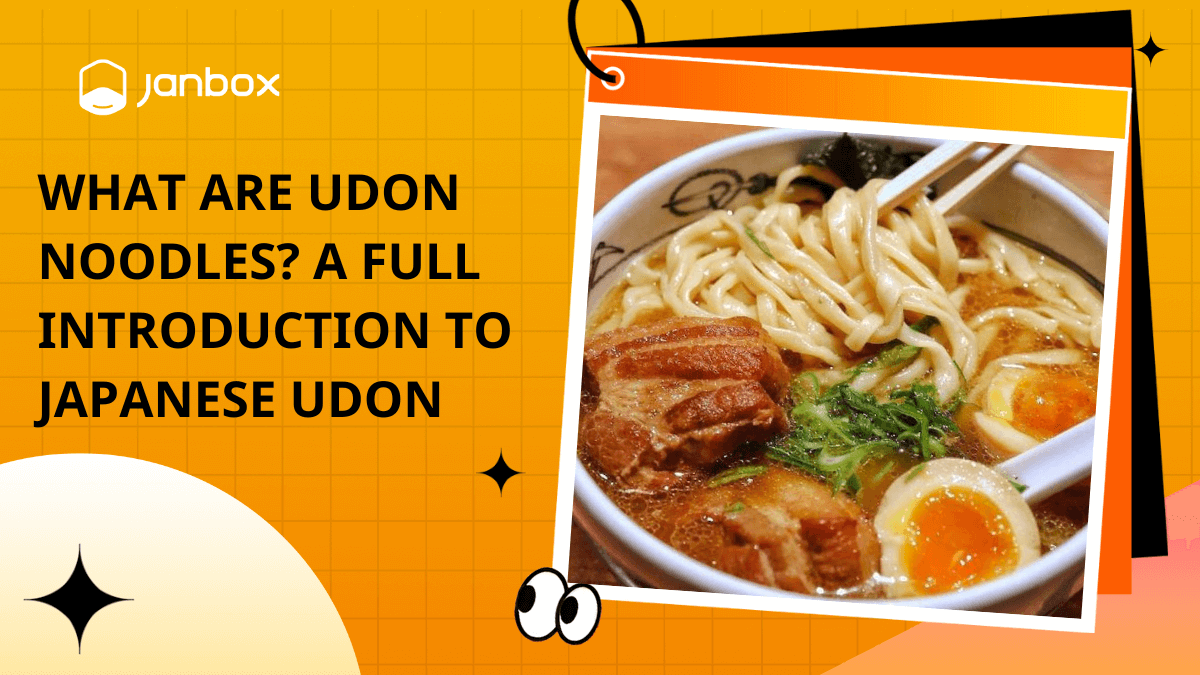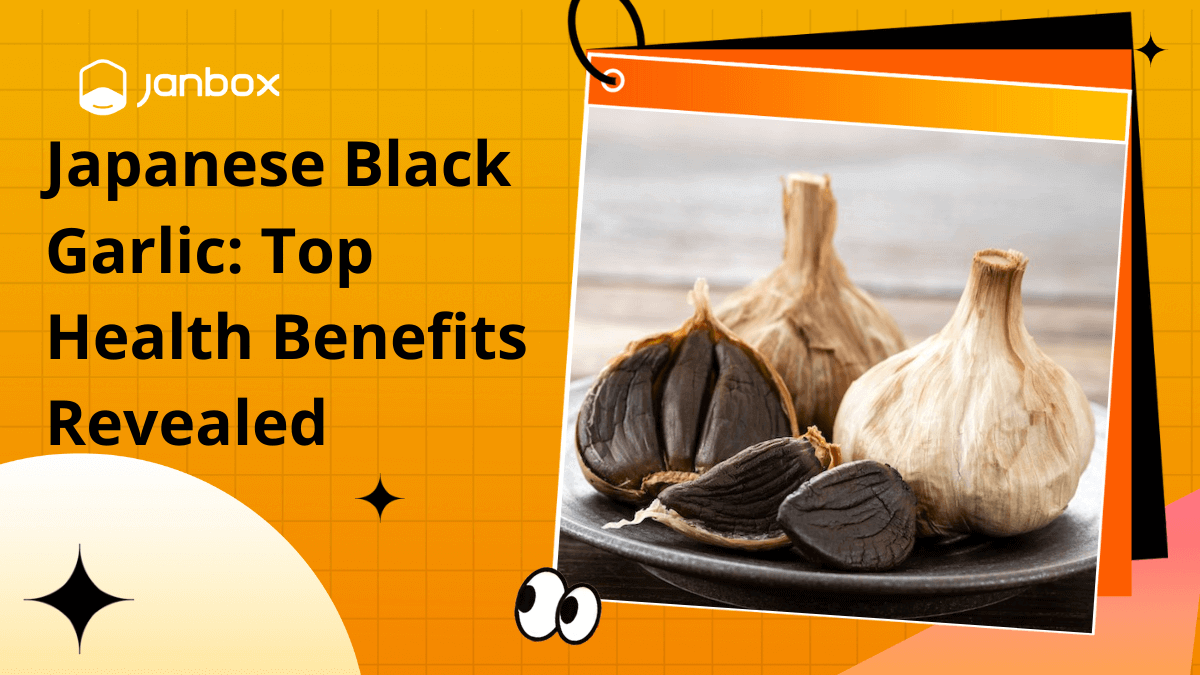When it comes to ingredients, Japanese cooking is unlike anything you’ve ever had before. Tofu is a great example of such a food item. In Japanese cuisine, tofu is frequently used in a wide variety of dishes. If you have gone on a brief trip to a Japanese shop, you will probably know how common tofu is in regular Japanese cooking. Yet, when there are so many of them, what are the differences between them? Not to mention, which types of tofu are best suited for particular dishes?
Here, we’ll explore the various forms of tofu found in Japanese recipes, how to make Japanese tofu, and some of the best ways to include them into your next meal. Let’s find out everything about this powerful ingredient right now!
I. What is Japanese Tofu?

In Japan, tofu has been prepared for almost 200 years. It has just recently gained traction in other regions. Curdled soy milk is pressed into a block to create tofu, or Japanese people also call as bean curds. There are varieties of tofu that are firm, and there are others that are softer and smoother.
Although it has been criticized for its lack of flavor, it actually takes on the flavors of anything you put on it very well. Not to mention the many positive effects on health that it provides. As we shall see, it is a staple in many everyday Japanese recipes, both as a primary component in the main dish and as a simple supplementary side.
Japanese tofu may look like one uniform meal, each variety of tofu gets its own unique culinary adventure because of the dish’s varying textures, mouthfeel, flavors, and even aromas.
For instance, in wintertime, eating cold as a Japanese tofu salad is a common practice. Meals like shabu-shabu and sukiyaki are those contained Japanese tofu as the main ingredients, as well as other nabe (hot pot) dishes like kenchinjiru and niku-dfu. You can also get a dish called yu-dfu that involves simmering tofu in a pot of dashi. Similarly, miso soups with tofu are a year-round staple.
In the summer, it is common to eat Japanese tofu cold, with little more than soy sauce, bonito flakes, and a small garnish like shredded nori. ESpicy Chinese food like mbdfu is also highly popular in Japan.
II. Difference between Chinese and Japanese Tofu

People often find it difficult to differentiate between Chinese and Japanese tofu. Since it contains less water, Chinese tofu has a firmer texture than Japanese tofu. It’s great for adding texture and flavor to vegetarian foods that otherwise could lack substance without it. Actually, Chinese tofu is easier to prepare because it is drier and requires less attention while cooking.
On the other hand, Japanese tofu is more delicate and requires more care when being prepared for consumption. The best part, though, is that silken tofu in particular isn’t dry, so it tastes fantastic even on its own. Both forms of tofu are widely available in the West, both in grocery stores and health food stores.
Japanese tofu retains less flavor during cooking in proportion to the amount of water it contains. It’s for this reason that many recipes call for the bean curd to be pressed before it’s used. If you’re going to buy the subpar stuff from the store and you want to mask the stale flavor, go for the extra-firm and press it harder.
III. Health benefits of Japanese Tofu

As more and more people in the West learn about the health benefits of tofu, it is no longer just a Japanese or East Asian delicacy. Japanese tofu is a “superfood” because it contains a lot of beneficial nutrients in a very small package. Tofu, unlike many plant-based proteins, is a complete protein, meaning it includes all nine of the important amino acids your body needs.
A 3-ounce serving of lean protein does a fantastic job of keeping you satisfied for hours. This makes it a great option for those on a budget, as well as a hit with vegetarians and vegans.

Here are some benefit from eating tofu:
- Tofu, along with other soy-based foods, contains estrogens that have been shown in studies to reduce the frequency and intensity of hot flashes experienced by women going through menopause.
- The use of plant estrogens has been linked to a decreased risk of cardiovascular disease. The reason for this is that they enhance the function of your endothelium. The endothelium lines the lining of your blood arteries and your heart.
- Studies demonstrate that consuming just 10 ounces (0.38 kilogram) of Japanese tofu calories per day can reduce “bad” LDL cholesterol by 5 percent.
- Consuming tofu may help men with this disease maintain normal levels of the protein marker PSA.
- High-fiber diets have been shown to reduce the incidence of colon cancer, and tofu is a great source of fiber.
- The isoflavones in soy have been linked to a possible reduction in fine lines and wrinkles.
Lastly, researchers have found that the isoflavones in soy and soy protein help maintain bone density. Osteoporosis risk may be reduced. It has also been linked in some research to a reduced risk of cognitive decline and dementia in older adults.
>> Read more: Japanese Natto beans – Everything about this Soy superfood
IV. Types of Japanese Tofu
While it’s true that there is no universally accepted guideline for how to prepare or eat tofu, some varieties are better suited to specific methods of cooking than others. When the term tofu is added to another word into Japanese food, the pronunciation changes, and the resulting compound word is commonly pronounced as “dofu,” as is the case with many Japanese compound words.
However, you can generally find the word written as “tfu” if you’re searching for it on the package. Let’s find out some of the popular types of Japanese tofu:
1. Momendōfu

Because it retains its form even after being boiled in liquid and takes on the flavor of whatever is added to it, momen-dofu is a popular ingredient in stews and nabe (hot pot). A modest serving of momen-dofu (firm tofu) in an oval white dish on a white background.
2. Kinugoshi-dōphu

Kinugoshi-dofu is silky in texture and likewise comes in blocks, however it is quite fragile. It can be eaten hot (hiya-yakko) or cold, and is frequently used into Japanese tofu soup. Two thin slices of silken tofu resting on a wooden cutting board atop a porcelain plate with a muted brown hue.
3. Oboro-dōfu

Oboro-dofu or yose-dofu are extra-soft tofu varieties that are eaten fresh and uncooked (warm or cold). It’s a great way to savor the tofu’s homemade flavor.
Round, soft tofu in a porcelain dish, topped with two sprigs of leaves and resting atop a bigger, flatter leaf. Like pudding, soft tofu can be eaten both warm and cold.
4. Yaki-dōfu

The surface of yaki-dofu is charred. It’s used in the same ways as momen-dfu whether cooking or eating (firm tofu). This type of tofu can be enjoyed in a variety of ways, and grilling it is a great method to give it a new flavor and texture
5. Iburi-dofu

Iburi-dofu is a specialty of the Gifu region that has been made there since the Kamakura era (1185–1333). This region’s tofu is manufactured with 3 times as many soybeans as the standard kind. Tofu is smoked on sakura chips to give it a flavor reminiscent of smoked cheese. When eaten on its own, iburi-dofu is ideally washed down with some sake. However, if you want to experiment, you can always try it with some mayonnaise, wasabi, or soy sauce on top.
6. Other types classified by Tofu freshness
There are several degrees of freshness available for tofu. Freshly made tofu is considerably different from packaged or long-shelf-life tofu, so if you’re lucky enough to live near a tofu shop, you should definitely give it a try.
- Freshly made tofu: If you want to experience the whole range of the tofu’s flavor, the best way to do so is to eat it as it was meant to be eaten: plain, with maybe some soy sauce or dashi and some garnishes from a specialty tofu shop.
- Frozen tofu in a package: The most popular variety of tofu found in grocery stores is sold in plastic containers with added water.
- Jten tfu: This type is pasteurized and is heated and cooled in its container. It has a longer shelf life than conventional packaged tofu and typically comes in paper cartons or is vacuum-packed.
- Kōya-dōfu: Frozen and then dried, Kya-dfu (, ) is a specialty of Koya-mountain, which is well-known for its Buddhist temples. It’s much more spongy and sugary than conventional tofu, and the texture is entirely unique. The Tohoku area has its own version of frozen and dry tofu; they name it Shimidfu (, ). In Japan, Nagano is where you can find the most freeze-dried tofu.
Since deep-fried Japanese tofu absorbs flavors very well, it is frequently used in hearty dishes like stews, soups, and stir-fries.
V. Delicious recipes using Japanese Tofu
Japanese tofu can be used in variety countless of recipes, however, for these Japanese preparations we list here, tofu takes center stage as both star and main attraction.
1. Yudofu

One of the more classic Japanese tofu meals, yudofu is a hot pot dish made using blocks of silken tofu. Simmering the tofu in water with some kombu (kelp) placed underneath helps impart a delicate flavor. To prevent the tofu from disintegrating, the water temperature should be kept below boiling.
A mixture of soy sauce, dashi, and mirin is poured around the tofu, and finishing by sprinkling it with katsuobushi (bonito flakes) and spring onions.
2. Agedashi
One of the most common Japanese tofu dishes is Agedashi – fried tofu, served on a white plate with sauce and green onions. To make agedashi tofu, a large block of tofu is compressed to remove excess water, and then it is chopped into smaller blocks. The blocks are then sprinkled with potato starch and cooked in oil.
The Japanese tofu gets a light, crunchy coating thanks to potato starch, but it keeps its silky texture on the inside. As soon as the tofu is done cooking, it is transferred to a bowl, added toppings and doused with a sauc. You can get this meal at many Japanese places, and it goes down really well with beers and wine.
3. Hiyayakko
Hiyayakko tofu, or chilly tofu, is a type of tofu that may be eaten at room temperature and often regards as Japanese tofu breakfast recipes. In the sweltering heat of summer, this dish is a welcome relief. To increase the savory flavor, simply take cold tofu, chop it into smaller, bite-sized cubes, and garnish with your preferred toppings.
4. Tofu Hamburg Steak

Others use tofu blended with chicken or pig to give it more heartiness, but this Tofu hamburg steak is prepared entirely with tofu and chunks of kelp. This ground pork and tofu combination is a lighter and more nutritious substitute for traditional Japanese Hamburg steak.
The most common option is ground beef as it regards to be healthy Japanese tofu recipes, however pig and fowl can be used instead. A few dishes call for nothing but tofu and potato starch or flour. It can be topped with any condiment you like, just like regular hamburg steaks.
>> Read more: 15+ Unique Japanese Vegetables you may not find it anywhere
VI. Where to buy Japanese Tofu?

You can find tofu in the produce section of most supermarkets, even the megastores. Natural food stores and health food stores also carry it. Stores typically stock tofu on the cold shelves along the perimeter of the vegetable aisle.
If you happen to live close to a Whole Foods Market, you can find tofu in the produce section with some ease. You can expect to find a variety of tofu, including 365 brand tofu. The online retail giant Amazon also stocks tofu, and it is the best site to buy silken tofu, dry bean curd, or tofu in quantity.
For the best Japanese tofu, look no further than the Asian markets. Tofu may even be available in large quantities. Trader Joe’s is also a possible market, carries both basic tofu and flavored versions that have been marinated or baked. Target has Nasoya goods, in addition to silken tofu and seasoned tofu. Lastly, Kroger, which sells a variety of tofu brands, including Simple Truth and House Foods.
Conclusion
We hope that you are able to firmly know about Japanese tofu after this article. Because tofu has become such a classic in Asian cooking, it should come as no surprise that these Japanese tofu recipes are delicious. And they’re not just quick and simple, they’re also nutritious for health!
- Website: https://janbox.com.
- Email: [email protected].










